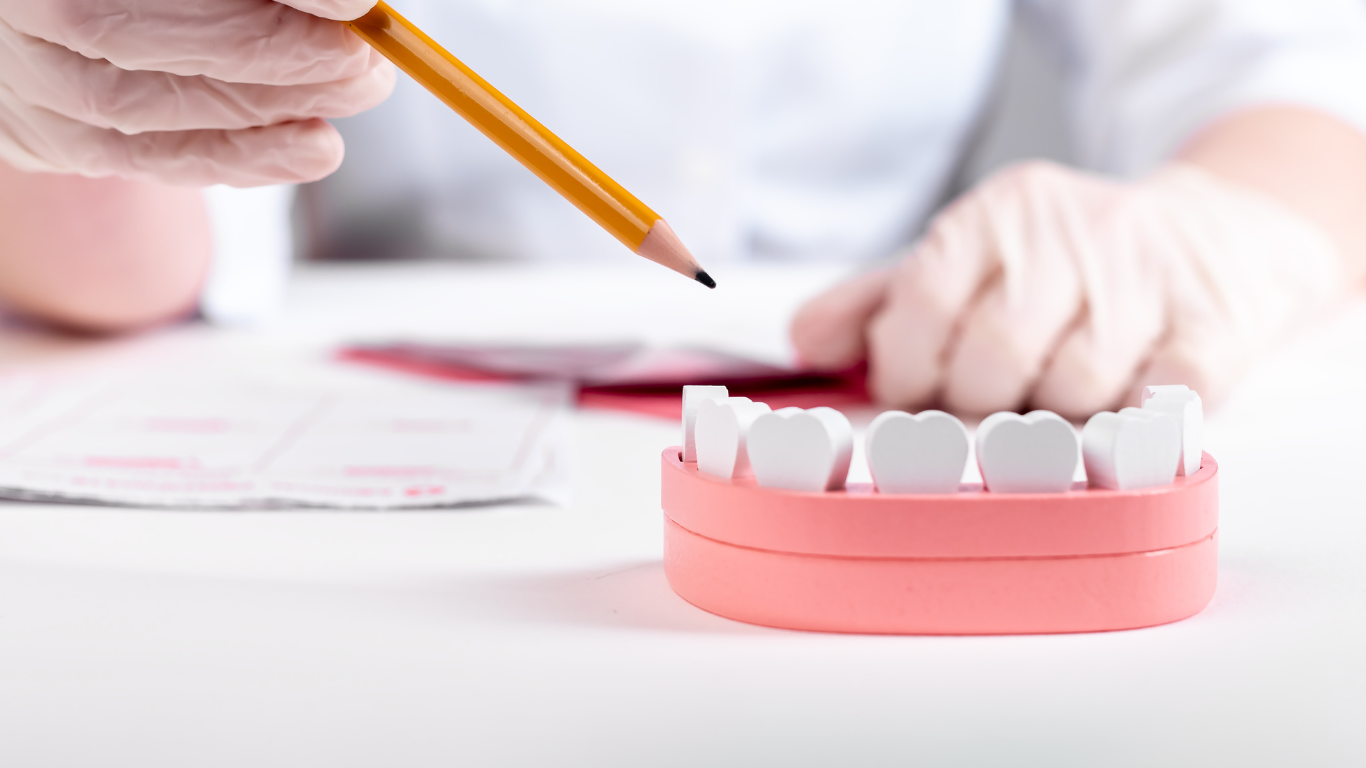Periodontitis

-
What is periodontitis?
Periodontology is a specialty of dentistry that deals with the diagnosis, prevention and treatment of gum disease
The gums are responsible for protecting the teeth and bones from external influences (bacteria, tobacco and other factors). When the gums are affected by periodontal disease (pyorrhea), the process of gum recession begins, followed by bone loss and tooth loss.
-
What is gingivitis?
Gingivitis is the inflammation and bleeding of the gums due to bacteria and tartar. It is reversible. When the bacteria are eliminated, the gums become less inflamed. Therefore, in this case, teeth cleaning in a clinic is the appropriate treatment.
If left untreated, gingivitis leads to periodontal disease, also known as periodontitis.
-
What is periodontal disease or periodontitis?
It is an infectious disease of bacterial origin. The gums become inflamed and periodontal pockets form where bacteria invade the tissue and bone, destroying it and losing the supporting tissue of the tooth.
-
What are the symptoms?
One of the first symptoms of periodontal disease is spontaneous bleeding, redness and swelling of the gums.
As the disease progresses, the following symptoms also occur:
- mobility of teeth
- Bad breath and bad taste
- Gum recession
- Occurrence of gaps between teeth
- mucous membranes
- Sensitivity to cold, heat, sweets...
People who have genetically thicker gums and are heavy smokers can mask these symptoms of the disease, and only X-rays can be used to determine whether prevention is important.
-
What does the progression of the disease depend on?
From the patient's genetic predisposition, and it is also aggravated by the following factors:
Tobacco use Crowding of teeth (hence the importance of orthodontics).
Stress bruxism
Diabetes medications (oral contraceptives)
-
How is the disease treated?
First, a thorough investigation of the case is conducted, which includes:
Probing of the periodontal pockets, x-rays, microbiological culture and a genetic test. This will help determine the type of periodontal disease so we know how to treat it.
In the early stages of the disease, the roots of the teeth are ground down and curetted to remove tartar and bacteria under the gums.
In advanced stages of the disease, microsurgical treatment is performed to remove the periodontal pockets. As a rule, one session is sufficient. Finally, the patient undergoes regular care.
-
What is the care?
After the gum treatment, the patient is placed on a maintenance plan.
When it comes to periodontal disease, care is very important because the disease tends to reproduce itself.
During the first year, treatment is typically performed every three to four months. Thereafter, depending on the patient's clinical case and his hygiene habits, smoking, etc., a maintenance plan is proposed to ensure the long-term success of the treatment.



